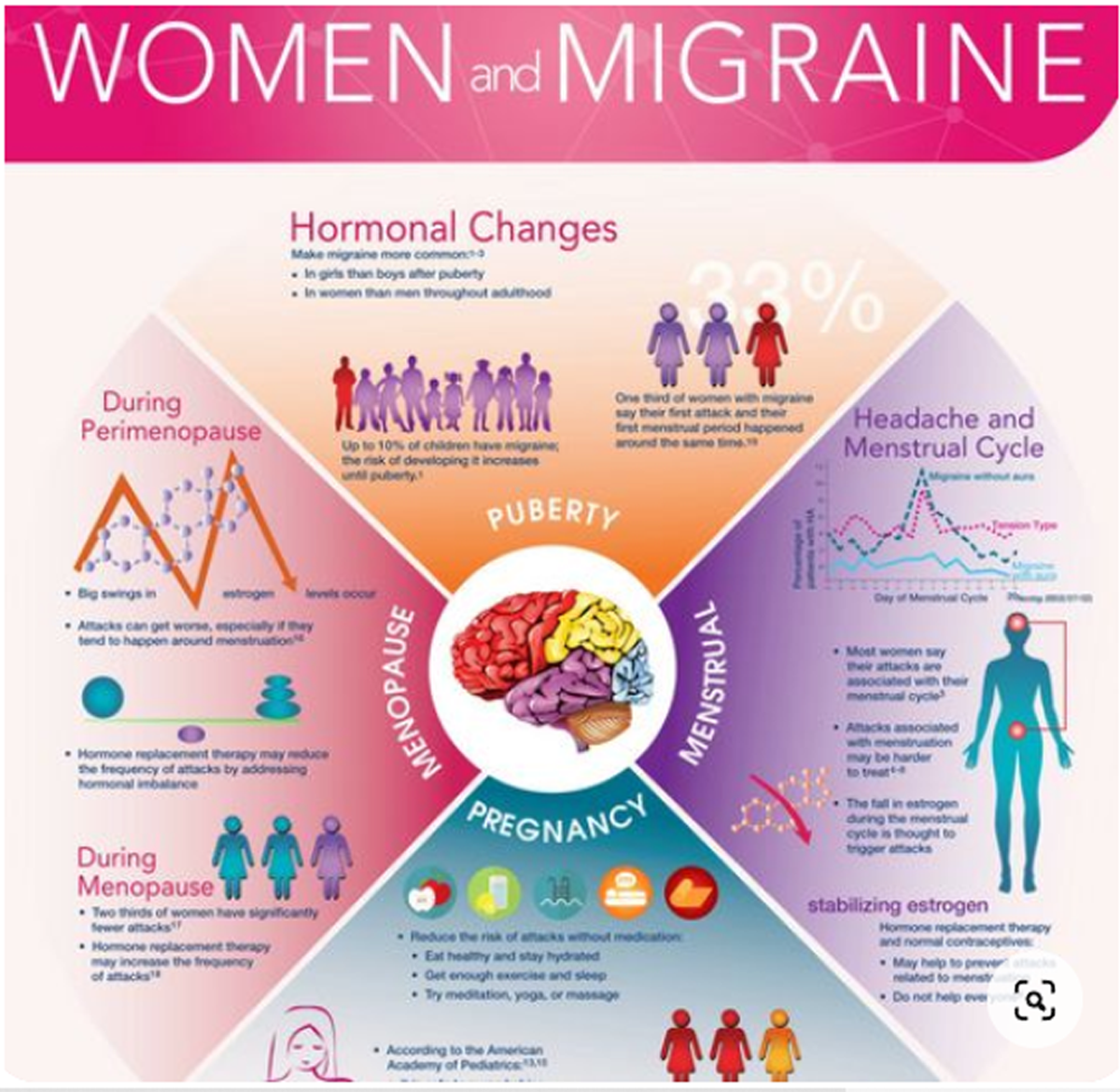The Management of Common Recurrent Headaches by Chiropractors: A Descriptive Analysis of a Nationally Representative Survey
SOURCE: BMC Neurol. 2018 (Oct 17); 18 (1): 171
Craig Moore, Andrew Leaver, David Sibbritt, and Jon Adams
Faculty of Health,
University of Technology Sydney,
Level 8, Building 10,
235-253 Jones Street Ultimo,
Sydney, NSW, 2007, Australia.
BACKGROUND: Headache management is common within chiropractic clinical settings; however, little is yet known about how this provider group manage headache sufferers. The aim of this study is to report on the prevalence of headache patients found within routine chiropractic practice and to assess how chiropractors approach key aspects of headache management applicable to primary care settings.
METHODS: A 31-item cross-sectional survey was distributed to a national sample of chiropractors (n = 1050) to report on practitioner approach to headache diagnosis, interdisciplinary collaboration, treatment and outcome assessment of headache patients who present with recurrent headache disorders.
RESULTS: The survey attracted a response rate of 36% (n = 381). One in five new patients present to chiropractors with a chief complaint of headache. The majority of chiropractors provide headache diagnosis for common primary (84.6%) and secondary (90.4%) headaches using formal headache classification criteria. Interdisciplinary referral for headache management was most often with CAM providers followed by GPs. Advice on headache triggers, stress management, spinal manipulation, soft tissue therapies and prescriptive neck exercises were the most common therapeutic approaches to headache management.
There are more articles like this @ our:
CONCLUSION: Headache patients make up a substantial proportion of chiropractic caseload. The majority of chiropractors managing headache engage in headache diagnosis and interdisciplinary patient management. More research information is needed to understand the headache types and level of headache chronicity and disability common to chiropractic patient populations to further assess the healthcare needs of this patient population.
KEYWORDS: Cervicogenic headache; Chiropractic; Manual therapy; Migraine; Practice-based research network; Spinal manipulation; Tension headache
From the FULL TEXT Article:
Background
Tension headache and migraine are the most common recurrent primary headaches globally [1] and cervicogenic headache is one of the most common recurrent secondary headaches [2, 3]. While less information is available regarding the burden and economic impact associated with cervicogenic headache [4, 5], the societal impact of tension headache and migraine are significant and well documented [6–8].
In the collaborative study between the World Health Organisation (WHO) and the ‘Lifting The Burden’ campaign, survey information was collected from neurologists and general practitioners in order to better understand how these providers approach headache diagnosis and management [9]. The findings of the report provided important insights into the use of headache diagnostic criteria, headache assessment tools, headache treatment and interdisciplinary collaboration. While headache is most often managed by general practitioners and neurologists, the report also found headache patients report a clear preference for the use of complementary and alternative treatments for headaches including physical based therapies and acupuncture.
The use of chiropractors for headache management appears to be significant. In a recent national US study, manipulative-based physical therapies were reported to be the most frequently used complementary and alternative treatments for migraine and headache patients [10]. In North America, a general population study reported between 25.7–36.2% of migraine headache patients had sought help from chiropractors at some time [11]. In Australia, chiropractic utilisation by those with headache was reported to be 9.3% in the preceding 12 months [12]. Notably, one international study found chiropractors to be the second and third most common health care provider by those with migraine in Australia and the United States respectively [13].
While the use of chiropractors for the management of headache disorders appears to be significant, little is understood about how this provider group manage this substantial patient population. With increasing research examination on interdisciplinary headache management [14, 15], more information is needed to understand the role of chiropractors within the interdisciplinary headache management landscape. Gathering this information can offer important insights that may help to guide more effective and coordinated healthcare delivery between providers and improve the management of headache patients. In direct response to this important research gap, this paper reports on a) the prevalence of patients who present to chiropractors with headache and b) how chiropractors approach keys aspects of headache patient management appropriate to primary care settings including the use of headache diagnostic criteria, headache assessment tools, approach to headache treatment and interdisciplinary engagement with other headache providers.
Read the rest of this Full Text article now!







Leave A Comment